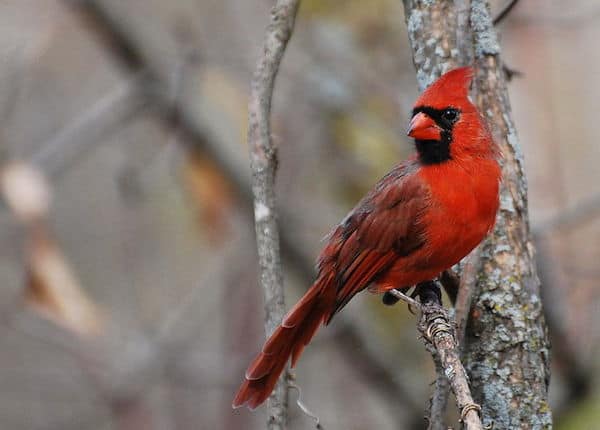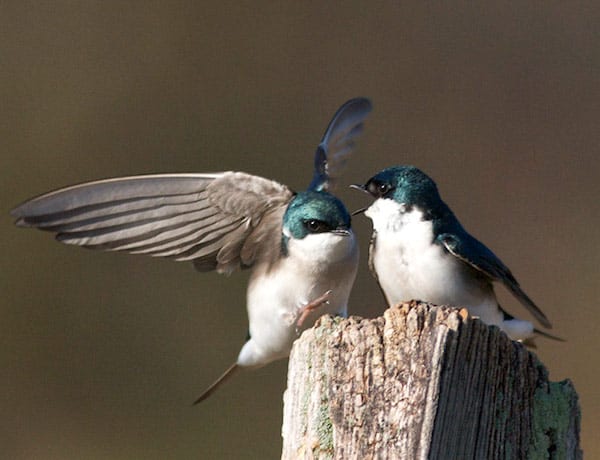Bird feeding provides enjoyment to millions of North Americans each year. However, this hobby we all enjoy comes with its own challenges. Hawks, pigeons, starlings, and squirrels are notorious for emptying feeders and taking seed from the birds we love most.
There are two things to consider when you wish to discourage a certain group of birds at your feeders: food and feeder. Stop offering the food that the pest birds seem to consume most eagerly. Here are solutions to common problems that plague backyard feeders.

Discouraging Starlings, Blackbirds, and Grackles
Blackbird flocks—including starlings—can sometimes descend on a feeder and dominate it for a short period, but they normally move on soon thereafter. You may want to stop feeding peanuts, mixed seed, and suet for a few days to discourage these birds (and stop offering bread products and table scraps entirely). Tube and satellite feeders are especially hard for larger birds to negotiate. Try limiting your feeding to black-oil sunflower seed.
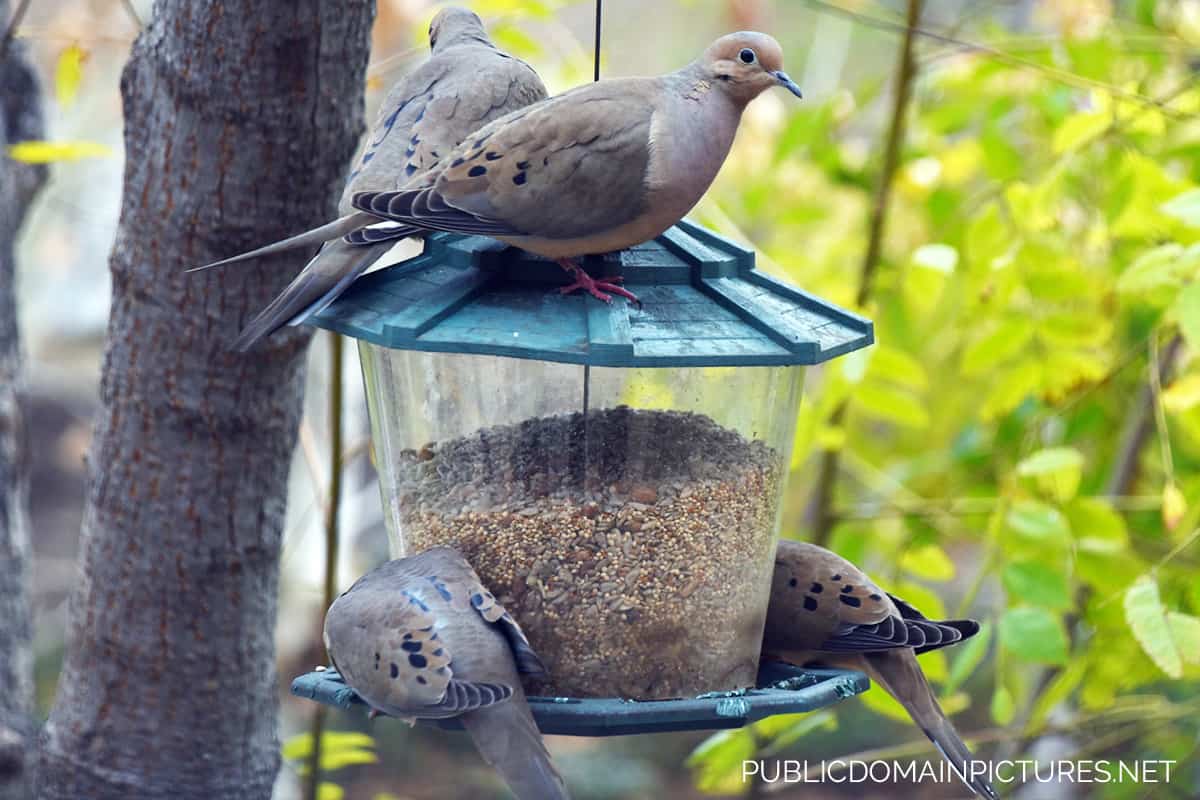
Pigeon and Doves
City pigeons, aka rock pigeons, can be a plague at some urban and suburban feeding stations, where they dominate the feeders and gobble up all the food. Here are a few techniques for discouraging them.
- Watch what they eat and quit serving it until they stop visiting.
- Don’t put seed on the ground or on ledges, platforms, or any other flat surface. Use only hanging feeders that sway or are too small for the chunky pigeons.
- Keep all spilled birdseed cleaned up off the ground.
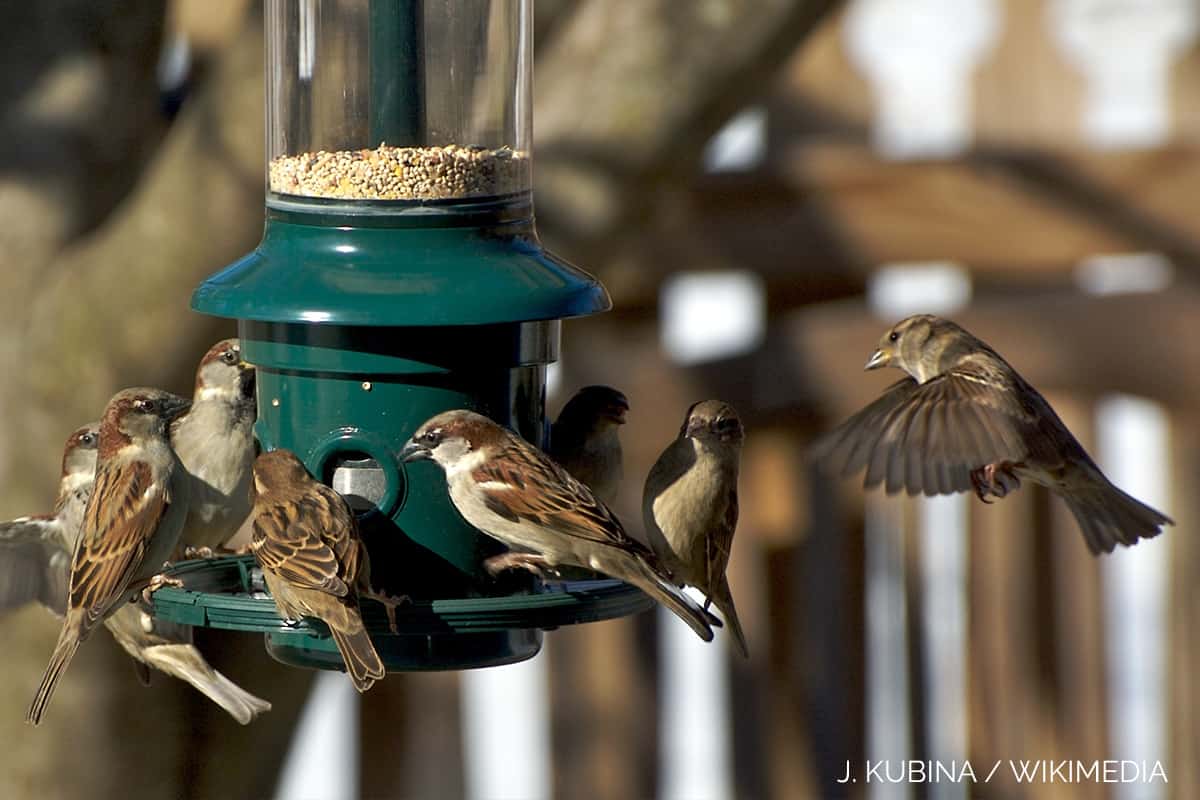
House Sparrow Invasion
A sizable flock of house sparrows can empty a feeding station in a day or two. House sparrows are year-round residents, so you’ll have to keep up your anti-sparrow efforts throughout the year. Here are a few techniques to reduce the number of house sparrows at your feeder:
- Stop feeding mixed seed that contains cracked corn.
- Reduce ground feeding.
- Use tube feeders, rather than platforms or hoppers
- Feed only black-oil sunflower seed.
- Tape monofilament line from the top of your feeders and let it dangle in front of the feeding ports. Most birds ignore it, but it deters house sparrows.
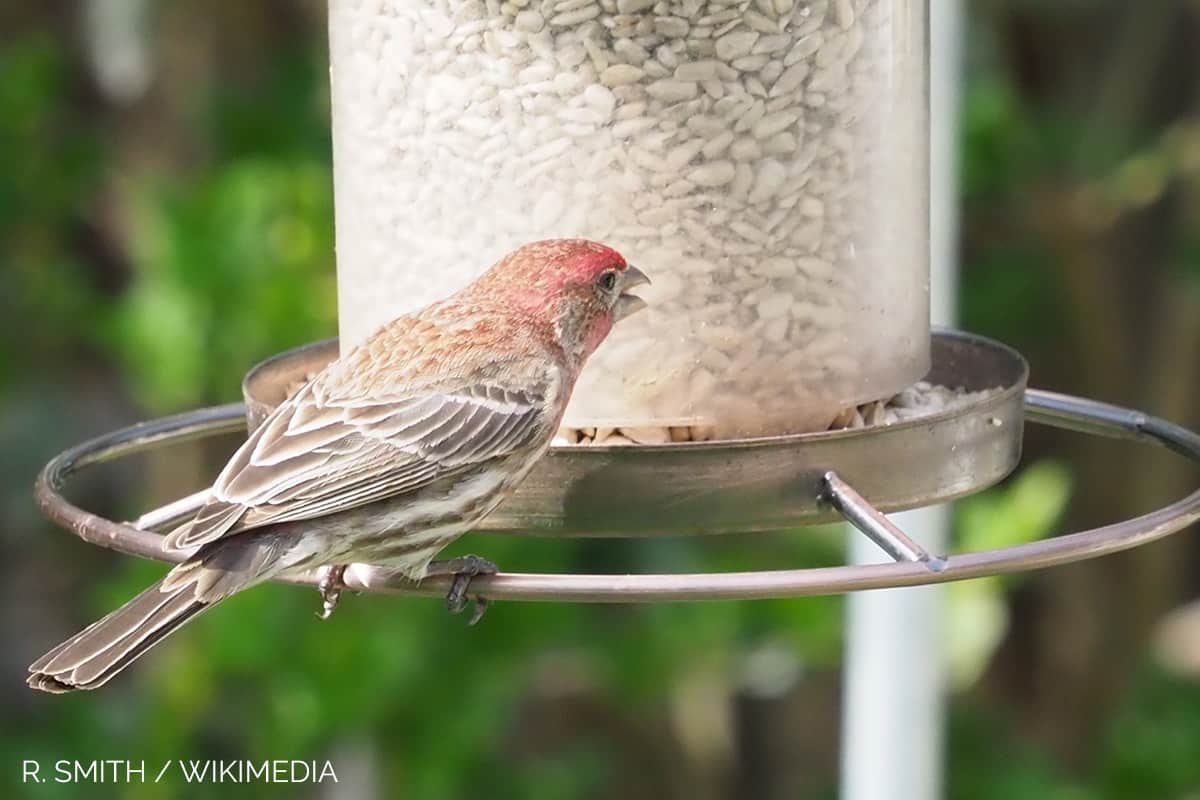
Discouraging House Finches
To discourage house finches, shorten the perches on your tube feeders, or order a special house-finch-proof Nyjer feeder that has the feeding holes below the perches (goldfinches and siskins will hang upside down to feed, but most house finches won’t).

Hawks at Feeding Stations
Accipiters (Cooper’s and sharp-shinned hawks are two) are bird-eating hawks that commonly visit feeding stations. You can’t prevent these predators from hunting in your yard, but here are some things you can do to encourage them to look for easier meals elsewhere:
- Create shelter and escape habitat for the feeder birds, using shrubs, trees, brush piles, and brushy areas near your feeders.
- Move your feeders from the middle of an open area closer to cover, or create a brush pile nearby so it’s harder for a hawk to surprise and catch birds.
- Quit feeding for a time to encourage all birds to disperse.
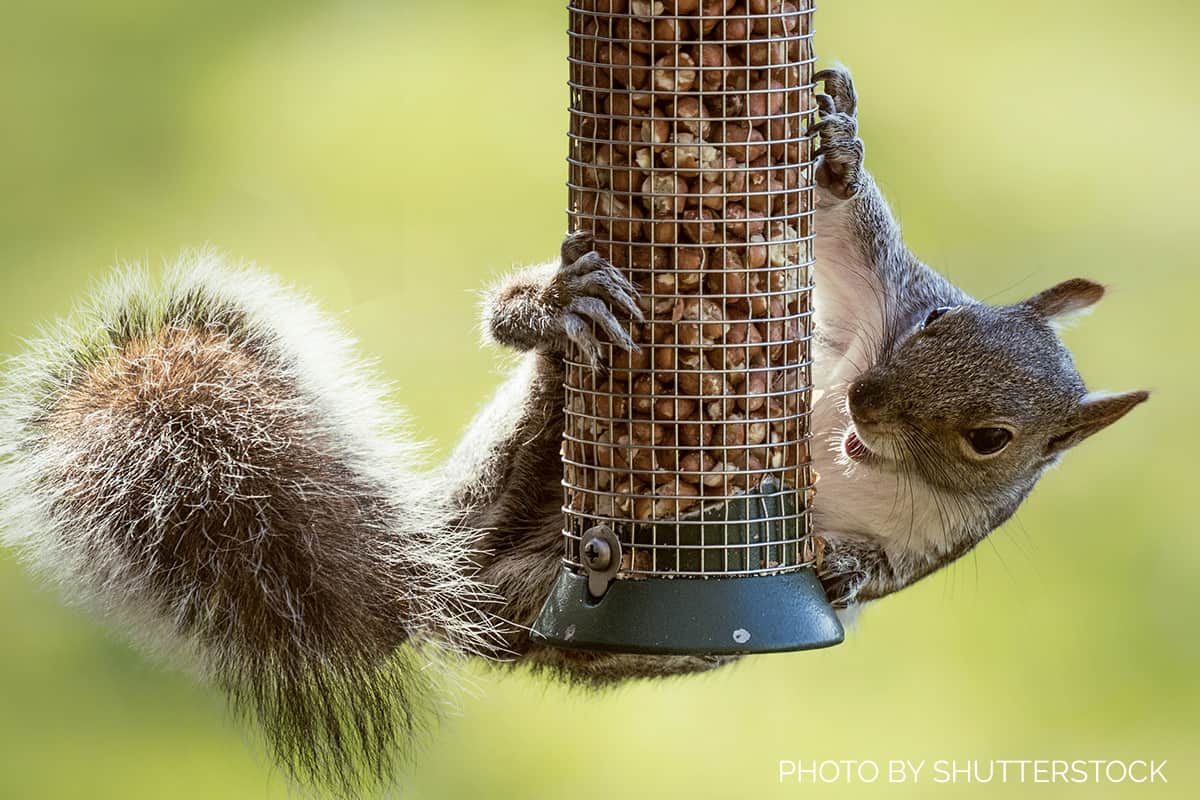
Squirrel-Proofing Bird Feeders
Hang your feeders six feet or more above the ground and far away from any limbs from which squirrels could mount a lateral assault. Combined with installation of a stovepipe baffle, you’ll be establishing an effective front to prevent squirrel encroachment.
A slippery pole can deter squirrels from climbing it, but please don’t use any sort of oil to accomplish this, or it might end up soiling birds’ feathers, interfering with flight. This is especially dangerous for hummingbirds and other small birds. Plexiglas domes covering the top of hanging feeders—the bigger the better—can deter or prevent drop-ins.



